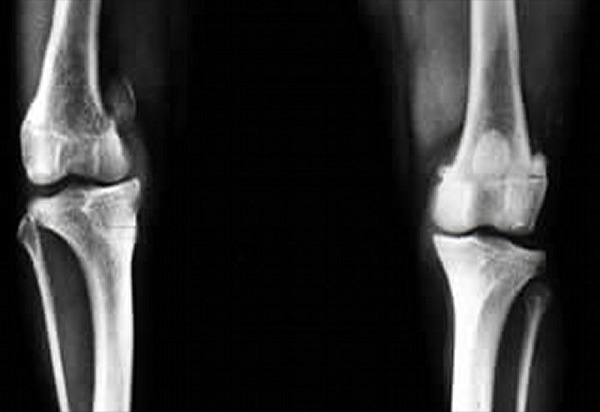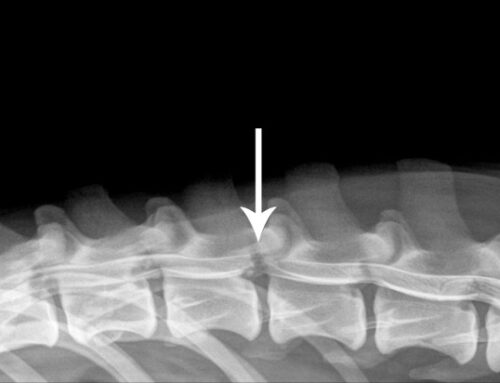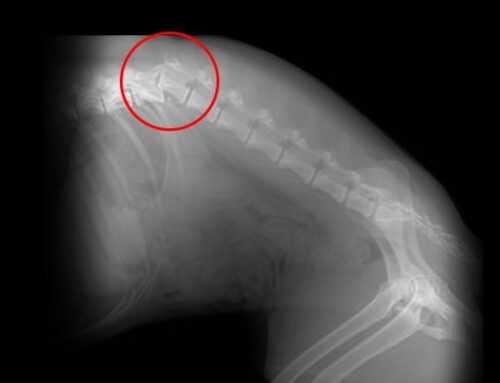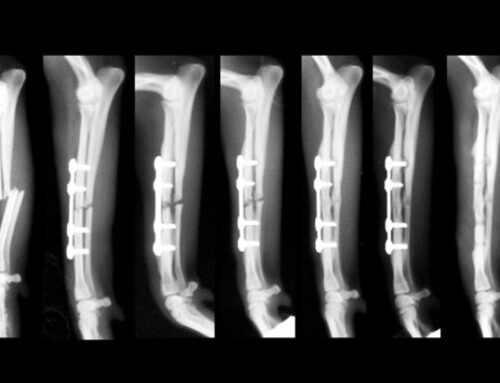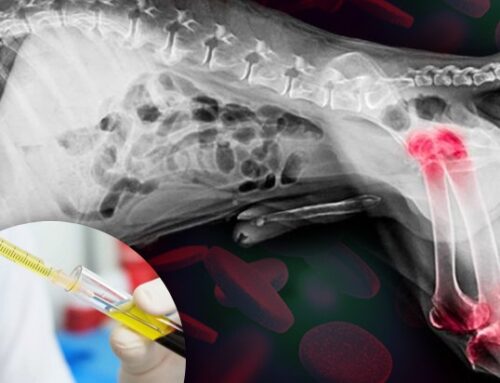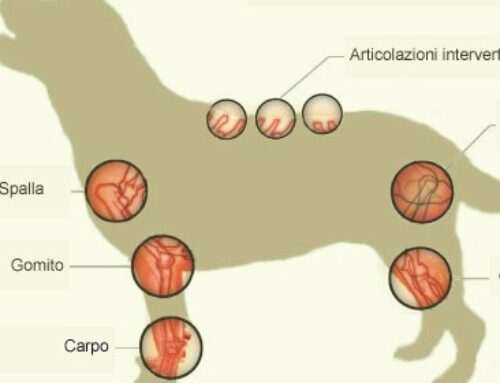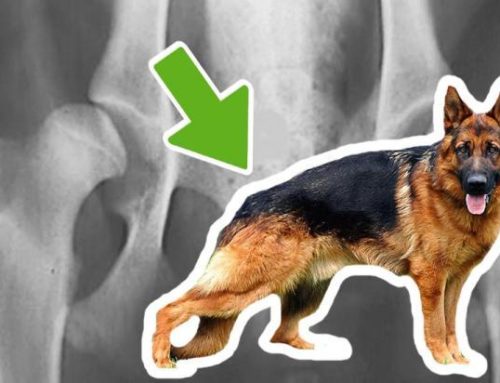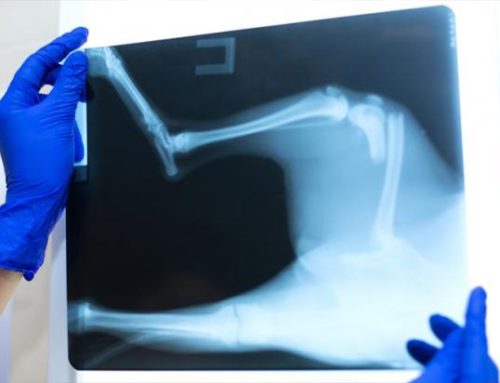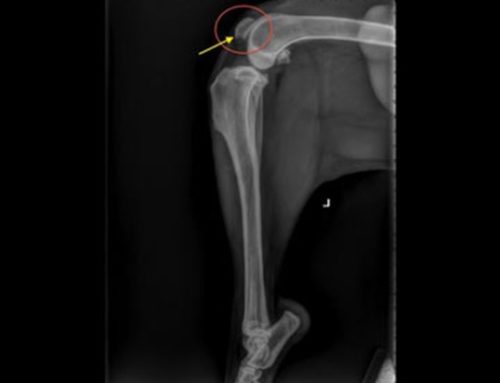The dislocation in dogs is the fracture of the connections between the bones that form a joint.
It can be “complete” if the connection between the surfaces is completely severed.
We have an “incomplete” dislocation when there is contact, even if partial, between the bones.
The real danger, tough, is that dislocation can lead to the severing and damaging of the parts around it or, even worse, hit the nervous system and/or the vascular one.
What could be the origins?
Dislocation in dogs can be:
. Congenital when it’s present since birth and is bound to bone malformation. Congenital dislocation to the shoulder is rare and usually found in smaller breeds like the Pomeranian and the chihuahua. Symptoms can show even in the early years.
. Pathological or degenerative when bound to pathologies that will hurt the joint’s ligaments.
. Traumatic when an external wound will dislocate (hence, the name) the bone extremities.
Dogs in medium to large size will most commonly suffer from a dislocation due to repeated smaller traumas while running, rolling or jumping.
What joints are at risk?
Both in cats and dogs the most affected areas are: shoulders, elbows, kneecaps and hip.
-Shoulders
Shoulder joint is supported by the joint caps and the muscle structures around it.
When these structures don’t work properly, or are wounded, you can have a dislocation of the shoulder or the severing between humerus and scapola.
– Elbow
The elbow joint is contained by side ligaments and the joint cap.
Especially during the early years, a jump gone wrong may cause extreme stress on the elbows’ cartilages, leading to a dislocation.
– Hip
Hip dislocation is the complete separation of the femur from the acetabulum in which it was residing. The affected limb will result longer or shorter than its’ counterpart, and the pet will have serious difficulties when walking due to the extreme pain.
– Kneecap
Kneecap is located in the knee joint. It moves and rotates inside this joint, kept in place by tendons from the quadriceps. Based on where the kneecap is dislocated, you can have a median dislocation (on the inside of the paw), common in the smaller breeds, or lateral (on the outside), usually found in bigger breeds.
Dogs’ kneecap dislocation has 4 levels of gravity
– First level: The kneecap is dislocated, but is set in place after an extension. The dog in this stage walks almost normally, except for a little lameness.
– Second level: The most frequent, the kneecaps dislocate, but they return in place on their own.
– Third level (Permanent): The dog can’t use the paw properly and there is an evident lameness.
– Fourth Level: The kneecap is heavily damaged and can no longer return to its original form.
What are the symptoms of dislocation in dogs?
The symptoms, especially after traumatic events, show an increased and sudden pain.
Other symptoms include:
– Swelling
– Joint Deformation
– Impossible movement
– Numbness
– Lameness
What kind of exams will confirm or deny the dislocation in dogs?
X-rays are crucial when diagnosing traumatic dislocations.
On par, the arthroscopic examination is an invaluable asset for the doctor, for it allows him/her to determine the presence of the disease and also understand the gravity of such pathology.
Dislocation in dogs can be treated with different techniques based on the severity and the time when it appeared
The orthopedic vet can realign the joint by hand, and then apply bandages to immobilize the limb.
– In worse scenarios, the right way to follow is the surgical one, aimed at the realignment and correction of the joints’ damages
During post-operation, the pet will have to stay put and lay low for a couple of weeks, during which water therapy and physiotherapy will assure the muscular growth and also increase the movement range of the joint.
